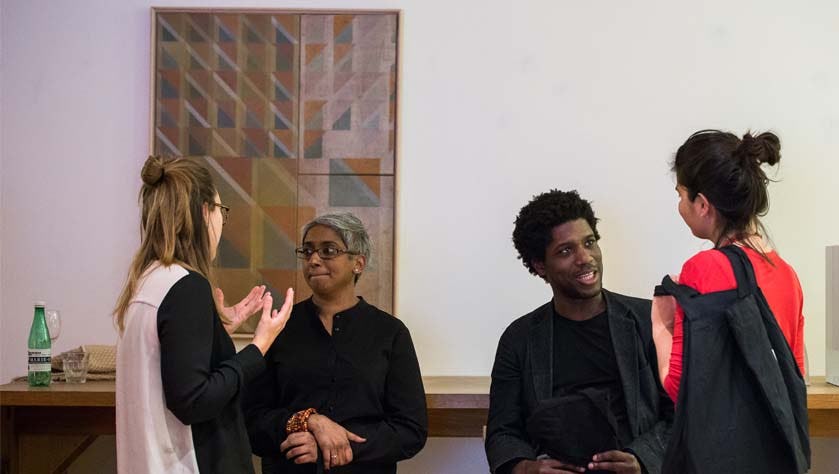
These days, diversity is more than just a buzzword that will go out of trend in a few months. It’s the reality that many companies around the world are facing. Creating a workspace that makes everyone feel at home can bring up difficult and even uncomfortable questions about the way we think, act and manage our workplaces. You’ve heard all about bias training or diversity statements, but diversity management is also found in the little things that we often overlook.
Pumping up the Diversity Climate
Unlike climate change, diversity climate is something that we definitely want to increase. But what is diversity climate exactly? It’s an organisational environment that is open towards and appreciates diversity. It has a lot to do with the employees being free to be true to their cultural habits and companies showing that a diverse workplace is an asset, not a burden.
The end result? Research shows that a high diversity climate leads to employees feeling more included. This in turn has a positive impact on performance and workplace relationships. Definitely a win-win situation as far as we can see.
Building an ideal workplace
Earlier this year, we organised a joint event with Homerun on the topic of diversity and inclusion in the workplace. A key takeaway from the night is that diversity in the workplace starts with creating an environment for people to share experiences and where they can work together. When your team members come from different cultures around the world, your idea of an ideal workplace might be vastly different from theirs.
Coming back to what we said before. When we think about diversity management, we often think about bias training, team building exercises, or diversity quotas in the hiring process. These are the most popular and, arguably, the most advertised solutions. But as an employer, you can do more to create a truly open and diverse workspace.
The Little Things that Count
Having a high diversity climate starts with thinking of culture as the ways groups of people think and do. Culture is food, slang and special holidays. So, aside from workshops and trainings and statements, start small. Take a look at your company’s dress code and see if there is any allowance for cultural or religious wear. Clothing is intimately tied to culture. Letting your employees wear what they are used to and comfortable with (within reasons, of course) can have a big impact on their well-being at work.
In the same vein, food is also something that is highly cultural. Your company might have a restaurant on-site. Or, you might host a few cafes and restaurants within the building. Many cultures have strict dietary requirements, so it is important that when you have a diverse staff, you include different types of food. This is your way of showing your employees that you appreciate them and what they are doing for the company.
Of course, it’s not always easy to update your menu to everyone’s liking. Especially when you’re trying to incorporate certain specialised products, but you have limited resources to do so. In that case, a few microwaves at your office can do the trick. Let your employees know that they are more than welcome to heat up any food that they want to have.
Culture contains a million and one things, so it’s impossible for us to list them all in this blogpost. Even without knowing them all, it’s easy to inspire a change. There’s a world of possibilities out there to create an inclusive workspace. Changes take time and effort, but no change can ever happen without a start. Are you ready to start yours?
Share this article
 Read now Let’s get busy at Spaces' new location in Miami's South Beach
Read now Let’s get busy at Spaces' new location in Miami's South Beach
 Read now Spaces embraces the Southern charm in Baton Rouge, Louisiana
Read now Spaces embraces the Southern charm in Baton Rouge, Louisiana